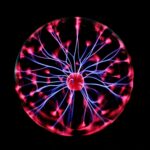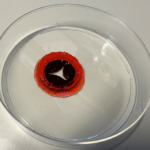In a recent article published in the journal Gels, SCERG-iBB and DBE researchers working in collaboration with a colleague from CDRSP-Polytechnic of Leiria/CERNAS-Polytechnic Institute of Coimbra, developed 3D porous polyethylene glycol diacrylate (PEGDA) hydrogels combining the gas foaming technique and a UV-based crosslinking strategy. The developed 3D porous PEGDA hydrogels were characterized in terms of their structural and mechanical properties. Our results showed that the size of the hydrogel pores can be modulated by varying the photoinitiator concentration. In vitro cytotoxicity tests showed that 3D porous hydrogels presented high biocompatibility both with human chondrocytes and osteoblast-like cells. Importantly, the 3D porous PEGDA hydrogels supported the viability and chondrogenic differentiation of human bone marrow-derived mesenchymal stem/stromal cell (hBM-MSC)-based spheroids, demonstrating their suitability for cartilage tissue engineering or disease modelling strategies.
This study was coordinated by Prof. Frederico Castelo Ferreira and Dr. João C. Silva (SCERG-iBB) and performed under the scope of the FCT project InSilico4OCReg (PTDC/EME-SIS/0838/2021).
Link to paper: https://www.mdpi.com/2310-2861/10/7/422
Featured image: Wikimedia Commons. Shared under https://creativecommons.org/licenses/by-sa/3.0/ with no changes



